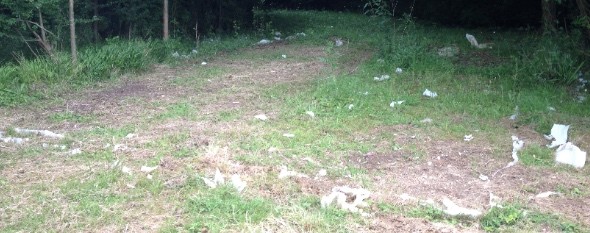Residential Development, Little Waldingfield, Sudbury
Case Study Reference: 13-06-05
Planning Authority: Babergh District Council
Planning Reference: B/12/01253
Synopsis:
Due to the sensitive nature of the development and the site being in an area of naturally elevated levels of contamination a contaminated land planning condition was attached to the decision notice for the proposed development.
In order to commence with the discharge of the condition a Phase I Desk Study report was required. A Phase I desk study report assess the potential for a site to be impacted by contamination, this is undertaken by researching the history of the site and the surrounds as well as a review of information held by regulatory bodies and a site visit.
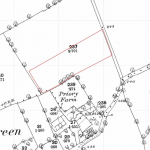 The first stage of the preparation of the desk study report was to assess the information held on the site by regulatory bodies (Environment Agency, Ordnance Survey, British Geological Survey, Local Authority etc.) as well as the history of the site and the surrounds.
The first stage of the preparation of the desk study report was to assess the information held on the site by regulatory bodies (Environment Agency, Ordnance Survey, British Geological Survey, Local Authority etc.) as well as the history of the site and the surrounds.
The history of the site and surrounds were researched using a 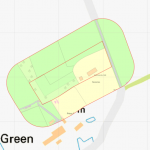 combination of Ordnance Survey (O.S.) maps, street level imagery and aerial plates, the review indicated the site was undeveloped until circa 2002 when a single building was noted on the site.
combination of Ordnance Survey (O.S.) maps, street level imagery and aerial plates, the review indicated the site was undeveloped until circa 2002 when a single building was noted on the site.
A number of ponds were noted off site.
A review of the planning history of the site did not reveal any salient information.
The published geology was reviewed using published geological maps, this revealed the site was underlain by the Lowestoft Formation. The solid geology was given as Crag Group (sand) of the Pliocene epoch
A review of the BGS boreholes revealed a borehole was present 59m south east of the site, the drift soils were recorded as clays, sands and gravels.
Data provided by regulators identified a number of ponds within 250m of the site.
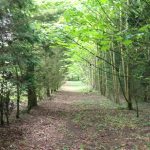 On completion of the desk based research a site reconnaissance visit was undertaken, this
On completion of the desk based research a site reconnaissance visit was undertaken, this 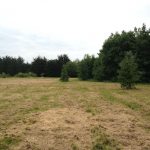 revealed that the site formed part of woodland with a single story building and a number of static caravans.
revealed that the site formed part of woodland with a single story building and a number of static caravans.
Once the walkover survey had been completed the qualitative risk assessment was undertaken in order to assess the potential risks of the potential sources of contamination identified in the report, this concluded that none of the potential sources posed a credible risk and that no further works were warranted.

